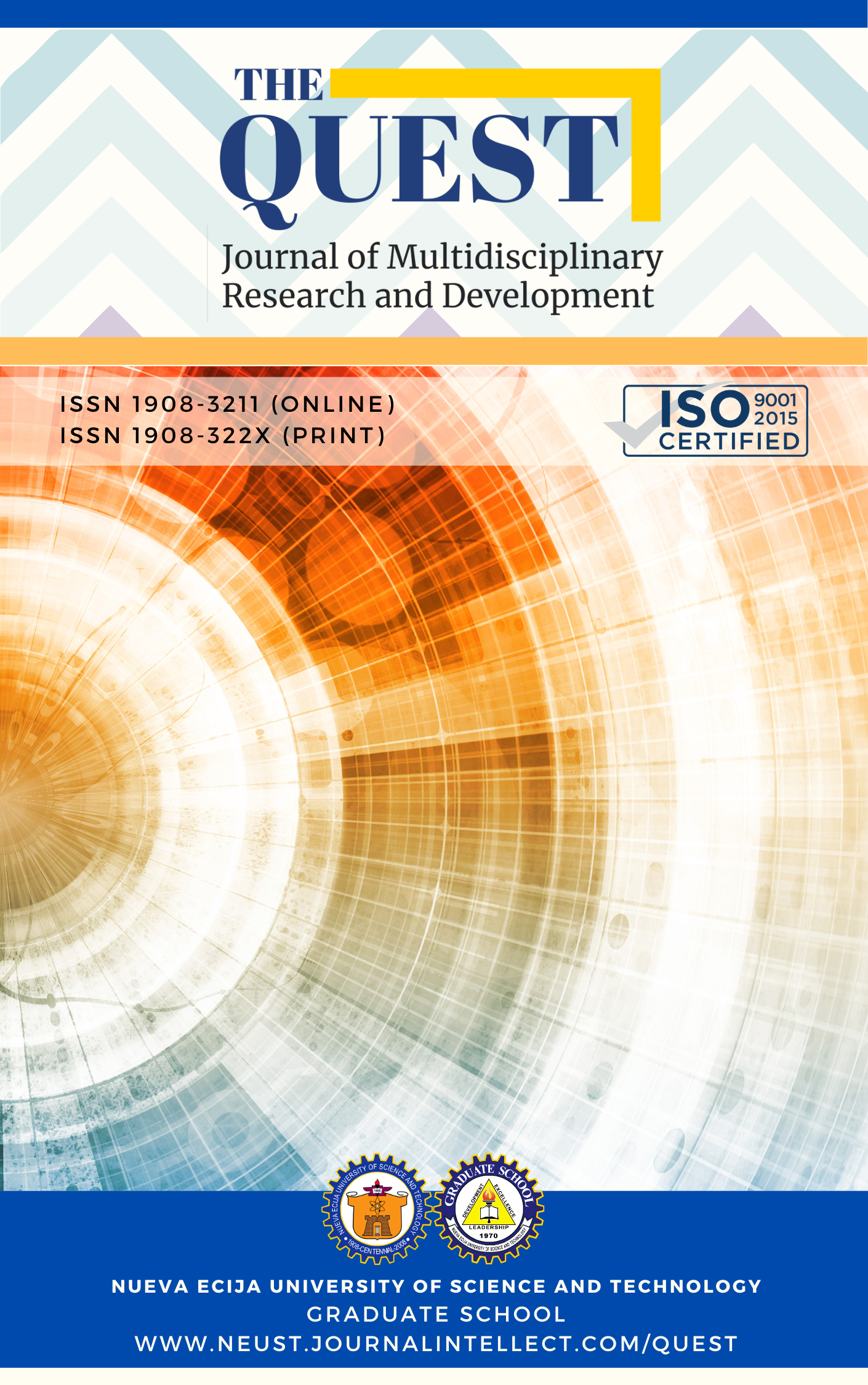The Psychology in Tech Tactics: Basis for E-Commerce Website Development

Published 03/25/2025
Keywords
- E-commerce,
- user psychology,
- web design,
- customer satisfaction,
- profitability
How to Cite

This work is licensed under a Creative Commons Attribution-NonCommercial 4.0 International License.
Abstract
This study investigates e-commerce user preferences, revealing key insights that can inform website development and strategy. The findings indicate a predominant user base in the 18-34 age range, with a slightly higher representation of females. Understanding these socio-demographic characteristics is crucial for targeted marketing and design. The psychological impact on user preferences underscores the significance of aesthetics. Users value intuitive layouts, appealing color schemes, and well-chosen fonts. Mobile optimization and fast website performance are essential for user satisfaction, highlighting the importance of responsive design and quick loading times in the mobile era. The study also delves into the profitability of e-commerce, emphasizing the role of data-driven marketing, pricing optimization, and customer feedback management. These factors can significantly impact a business's bottom line. This research provides actionable recommendations for e-commerce businesses. By focusing on intuitive design, mobile optimization, and data-driven strategies, businesses can create more appealing and profitable online shopping experiences.
References
- Akamai. (2017). Akamai's 2017 Performance Matters. Retrieved from https://www.akamai.com/us/en/multimedia/documents/report/akamai-2017-performance-matters.pdf
- Beier, S., & Oderkerk, C. A. (2019). The effect of age and font on reading ability. Visible Language, 53(3).
- Bernard, M., Fernandez, M., & Hull, R. (2002). The effects of fonts on reading. Usability News, 4(1), 1-2.
- Bernard, M., Fernandez, M., & Hull, R. (2002). The effects of fonts on reading. Usability News, 4(1), 1-2.
- Chen, Y., Fay, S., & Wang, Q. (2011). The role of marketing in social media: How online consumer reviews evolve. Journal of Interactive Marketing, 25(2), 85-94.
- Demangeot, C., & Broderick, A. J. (2016). Engaging customers during a website visit: a model of website customer engagement. International Journal of Retail & Distribution Management.
- Google Developers. (2022). Optimize images for the web. Retrieved from https://developers.google.com/speed/docs/insights/OptimizeImages
- Grohmann, B., Giese, J. L., & Parkman, I. D. (2013). Using type font characteristics to communicate brand personality of new brands. Journal of Brand Management, 20(5), 389-403. https://link.springer.com/article/10.1057/bm.2012.23
- KHATTAK, D. S. R., Ali, H. A. I. D. E. R., Khan, Y. A. S. I. R., & Shah, M. (2018). Color psychology in marketing. Journal of Business & Tourism, 4(1), 183-190.
- Kuo, L., Chang, T., & Lai, C. C. (2022). Affective psychology and color display of interactive website design. Displays, 71, 102134.
- Labrecque, L. I. (2020). Color research in marketing: Theoretical and technical considerations for conducting rigorous and impactful color research. Psychology & Marketing, 37(7), 855-863.
- Labrecque, L. I., & Milne, G. R. (2012). Exciting red and competent blue: The importance of color in marketing. Journal of the Academy of Marketing Science, 40(5), 711-727.
- Labrecque, L. I., & Milne, G. R. (2012). Exciting red and competent blue: The importance of color in marketing. Journal of the Academy of Marketing Science, 40(5), 711-727.
- Lappe, J. M. (2000). Taking the mystery out of research: Descriptive correlational design. Orthopaedic Nursing, 19(2), 81.
- Lemoine, J. F., & Zafri, R. (2022). Typography of Commercial Websites: The Effects of the Interline Spacing on Internet Users’ Reactions. In Academy of Marketing Science Annual Conference (pp. 545-559). Springer, Cham.
- Li, H., & Zhang, G. (2014). The Psychology Analysis on the Page Design of Shopping Website. In Proceedings of the 2012 International Conference on Cybernetics and Informatics (pp. 2367-2374). Springer, New York, NY.
- Linden, G., Smith, B., & York, J. (2006). Amazon.com recommendations: Item-to-item collaborative filtering. IEEE Internet Computing, 7(1), 76-80.
- Ling, J., & van Schaik, P. (2007). The influence of line spacing and text alignment on visual search of web pages. Displays, 28(2), 60-67.
- Liu, Y., Li, H., & Hu, F. (2013). Website attributes in urging online impulse purchase: An empirical investigation on consumer perceptions. Decision support systems, 55(3), 829-837.
- Mohd Puad, S. N. S. (2011). Cognitive Psychology to Enhance Internet Marketing Website.
- Morkes, J., Kernal, H., & Nass, C. (1999). Humane interfaces: Questions of method and practice in HCI. Human–Computer Interaction, 14(4), 353-361.
- Morkes, J., Kernal, H., & Nass, C. (1999). Humane interfaces: Questions of method and practice in HCI. Human–Computer Interaction, 14(4), 353-361.
- Rosen, D. E., & Purinton, E. (2004). Website design: Viewing the web as a cognitive landscape. Journal of Business Research, 57(7), 787-794.
- Shaikh, A. D. (2007). Psychology of onscreen type: Investigations regarding typeface personality, appropriateness, and impact on document perception (Doctoral dissertation).
- Sokolova, M. V., Fernández-Caballero, A., Ros, L., Latorre, J. M., & Serrano, J. P. (2015, June). Evaluation of color preference for emotion regulation. In International Work-Conference on the Interplay Between Natural and Artificial Computation (pp. 479-487). Springer, Cham.
- Wroblewski, L. (2011). Mobile first. Rosenfeld Media.
- Esteban, A. P. (2023). Web engineering and e-commerce: Bridging technology and business in the Philippines. Nueva Ecija University of Science and Technology.
